
There are 33 steps before eating. A person must be able to tolerate food in the room, on their plate, on their lips, and in their mouth even before […]

There are 33 steps before eating. A person must be able to tolerate food in the room, on their plate, on their lips, and in their mouth even before […]
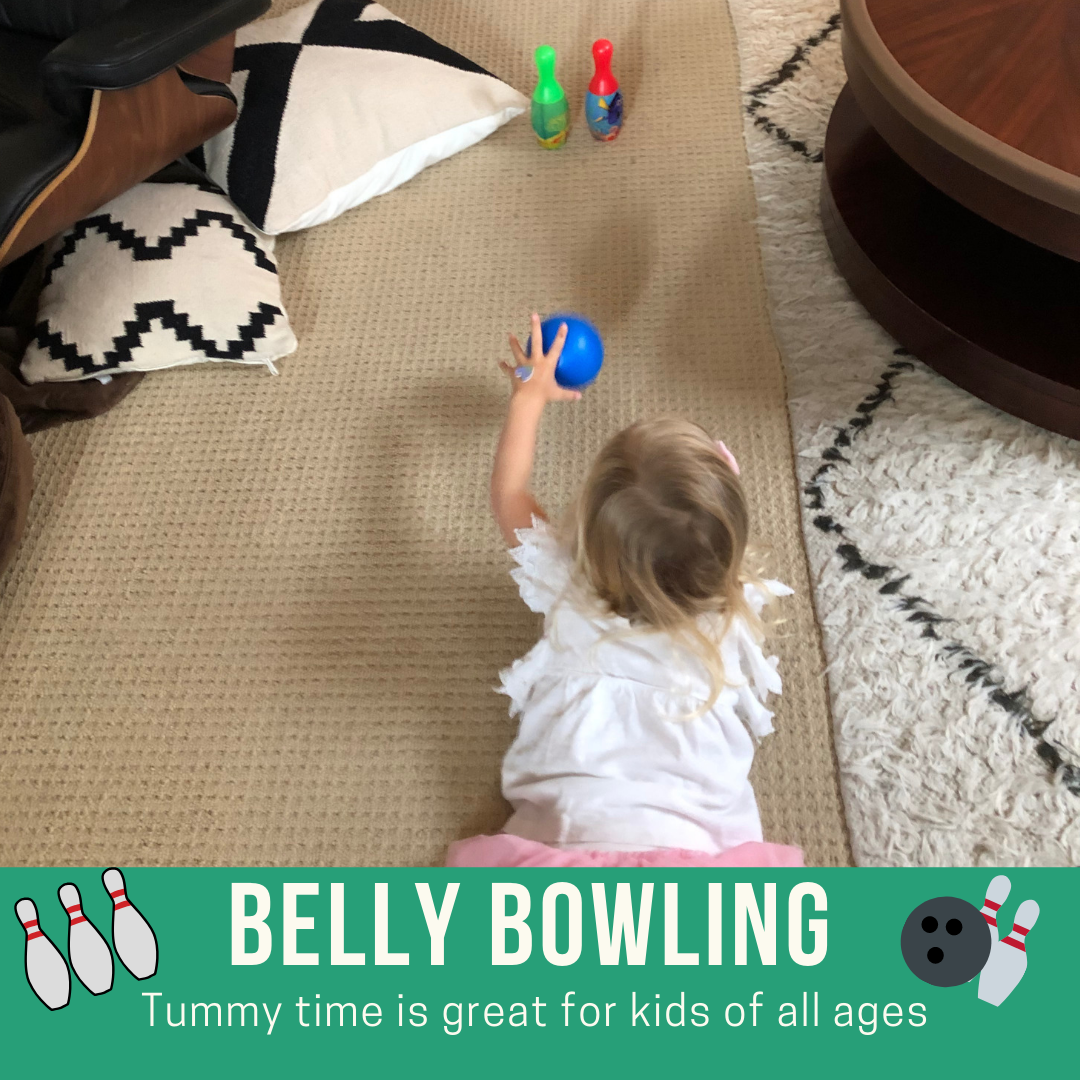
Tummy time helps infants strengthen their neck musculature, round out their heads and increase visual tracking. It is important that a baby is supervised during tummy time. Here are a […]

Sometimes kids have difficulties with praxis. Praxis is the neurological process by which cognition directs motor action. It involves planning what to do and how to do it. A child […]
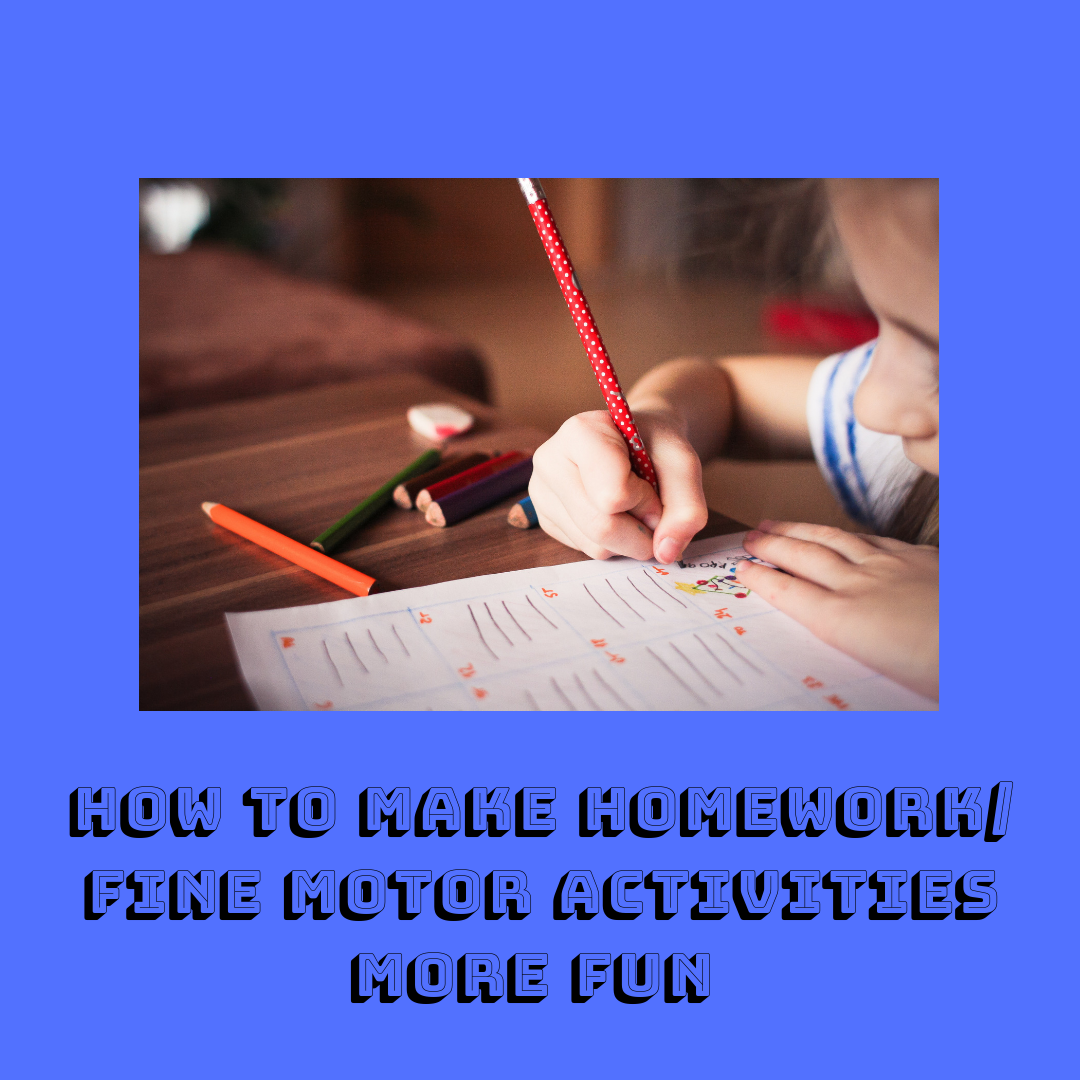
If drawing, lacing, and buttoning are not your child’s favorite activity this blog post is for you! I have found in practice that a child is more willing to participate […]
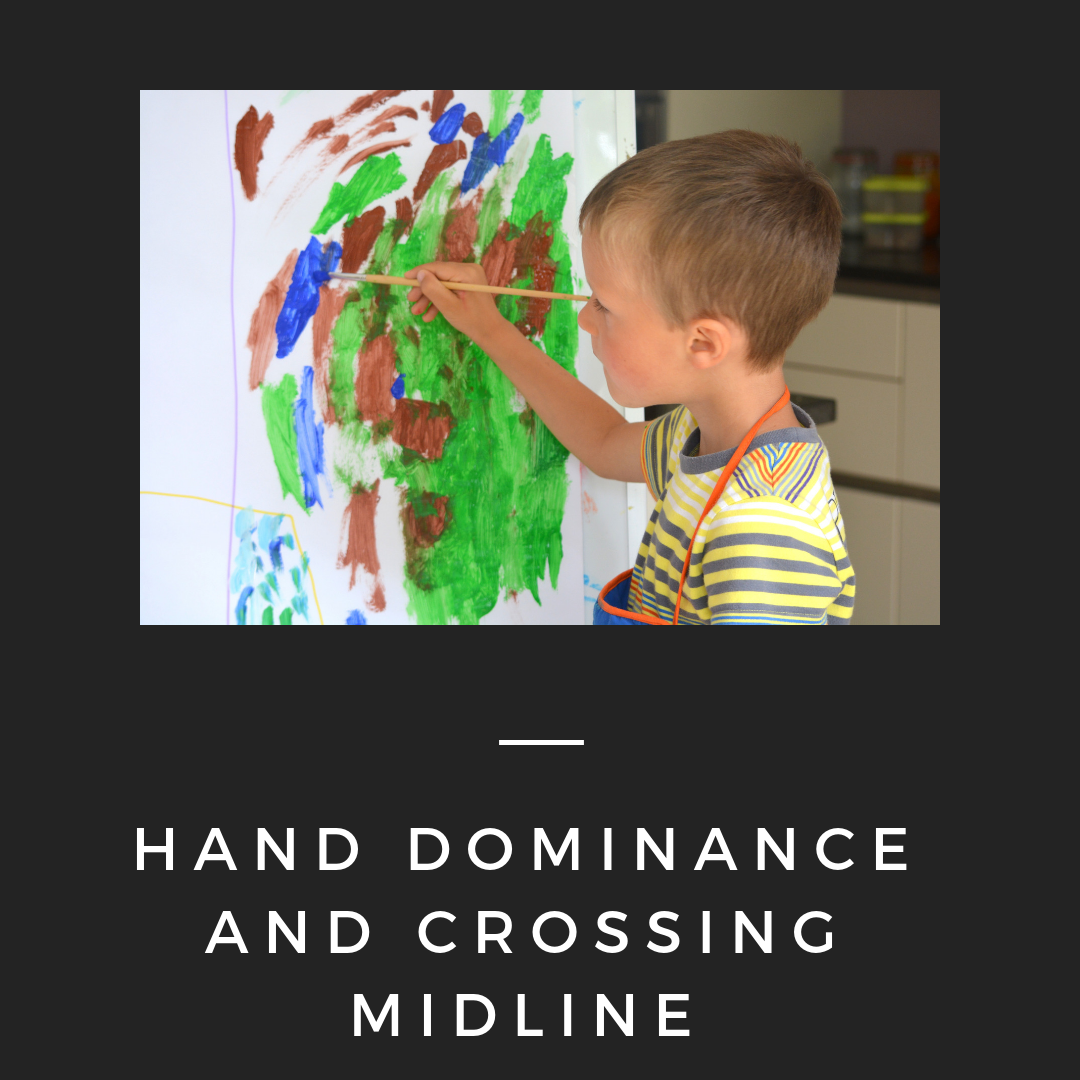
Hand preference usually starts to develop between the ages 2 to 4, however it is common for a child to switch hands. Between the ages 4 to 6 years a […]

As an occupational therapist, I am cognizant of the materials I pick when working with a client. Especially if a child has decreased visual attention or a visual impairment. So […]
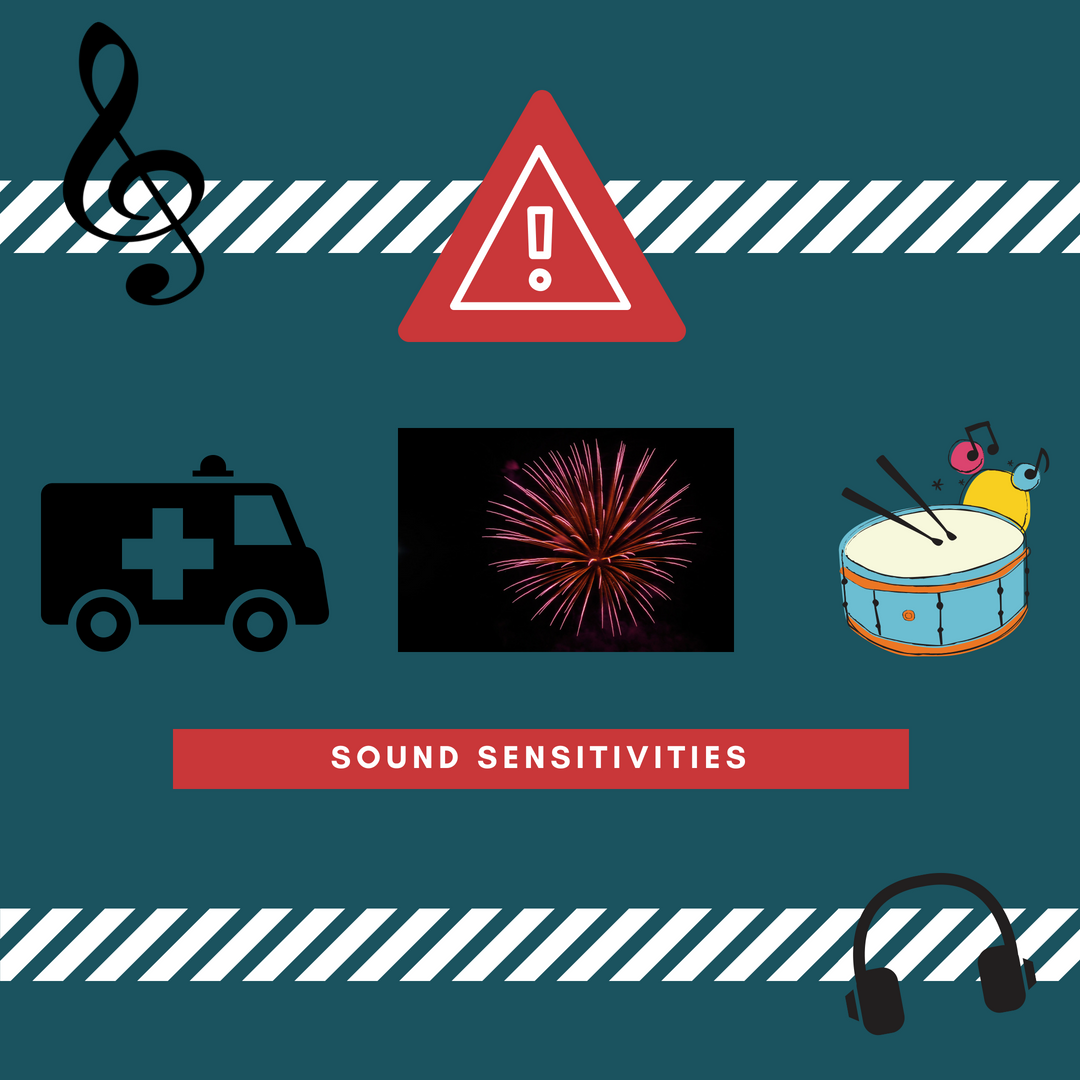
Flushing a toilet, fireworks on fourth of July, and going shopping in a busy mall may be difficult for a child with sound sensitivity. When a child gets anxious, […]

Sequencing is an important skill for kids to perform all multi-step activities from writing letters in the correct formation to putting on clothes with correct orientation. Sequencing is a part […]
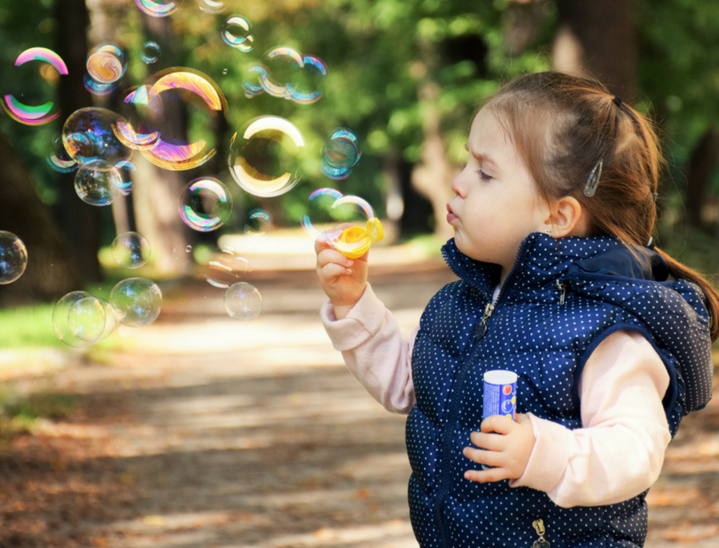
Bubbles are a great tool for helping a child regulate their bodies. Sometimes it is hard for kids to regulate their emotions when they are upset or have high arousal. […]